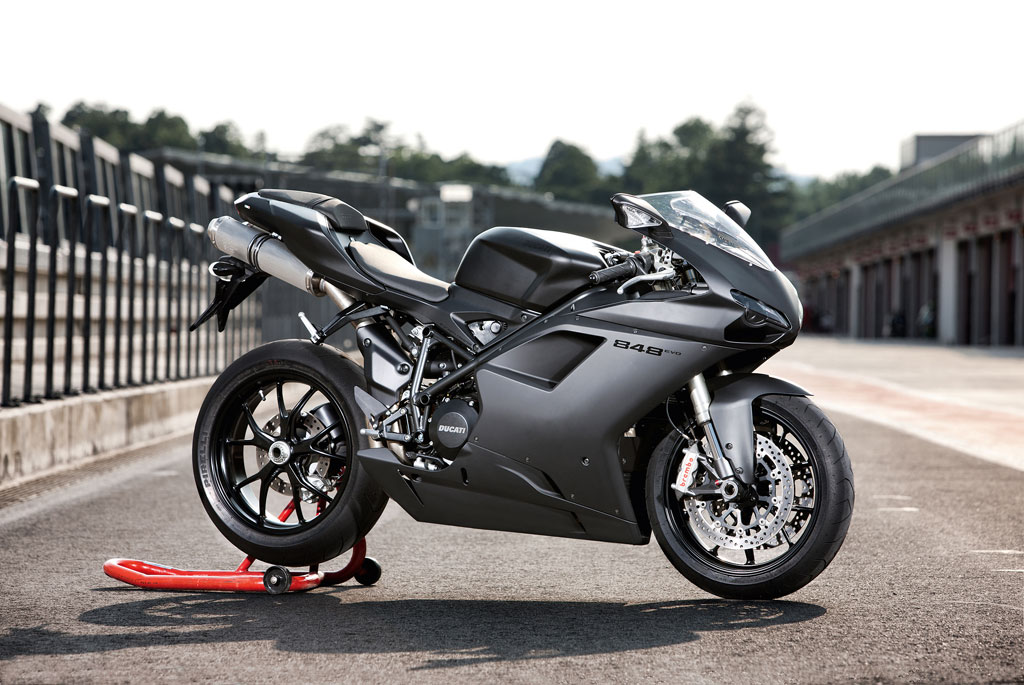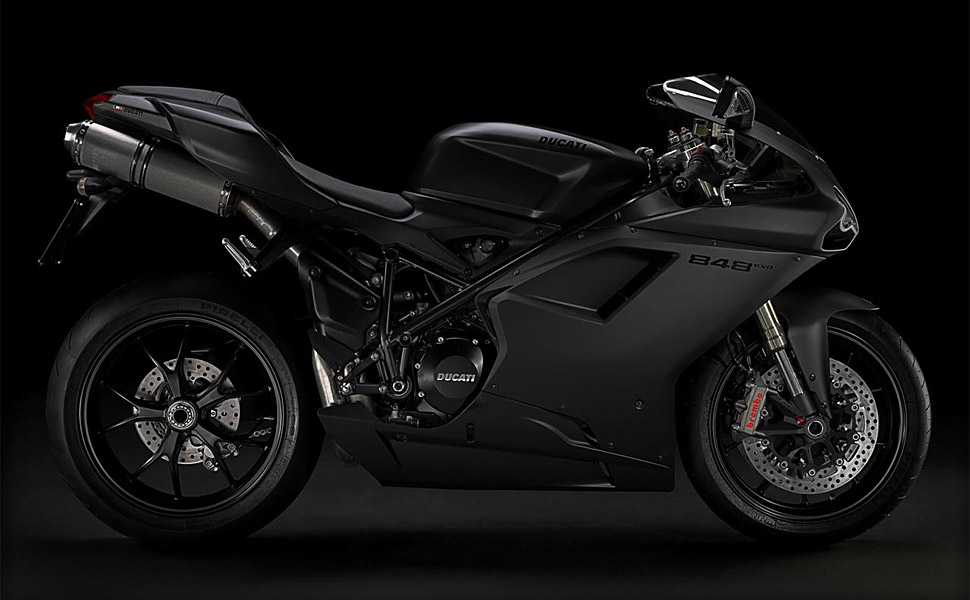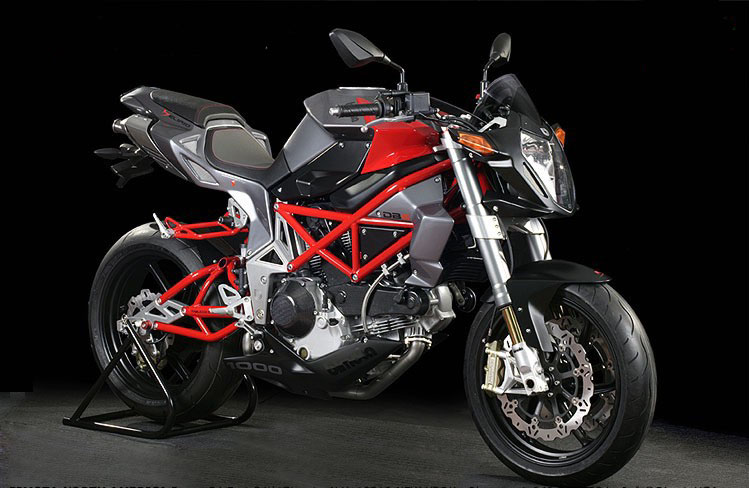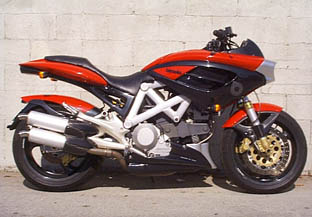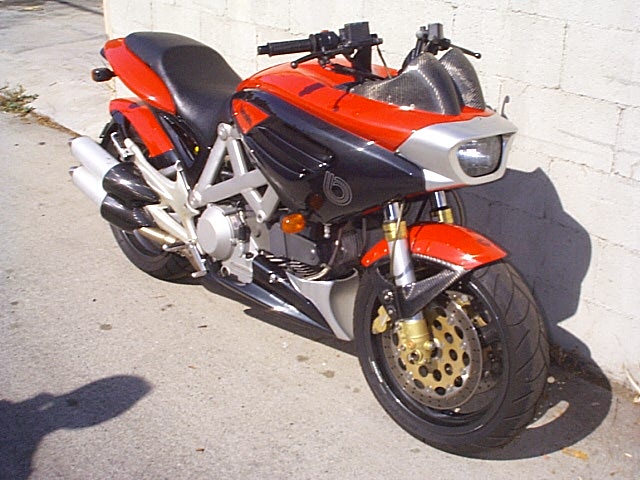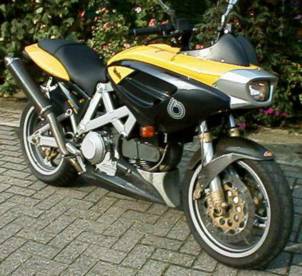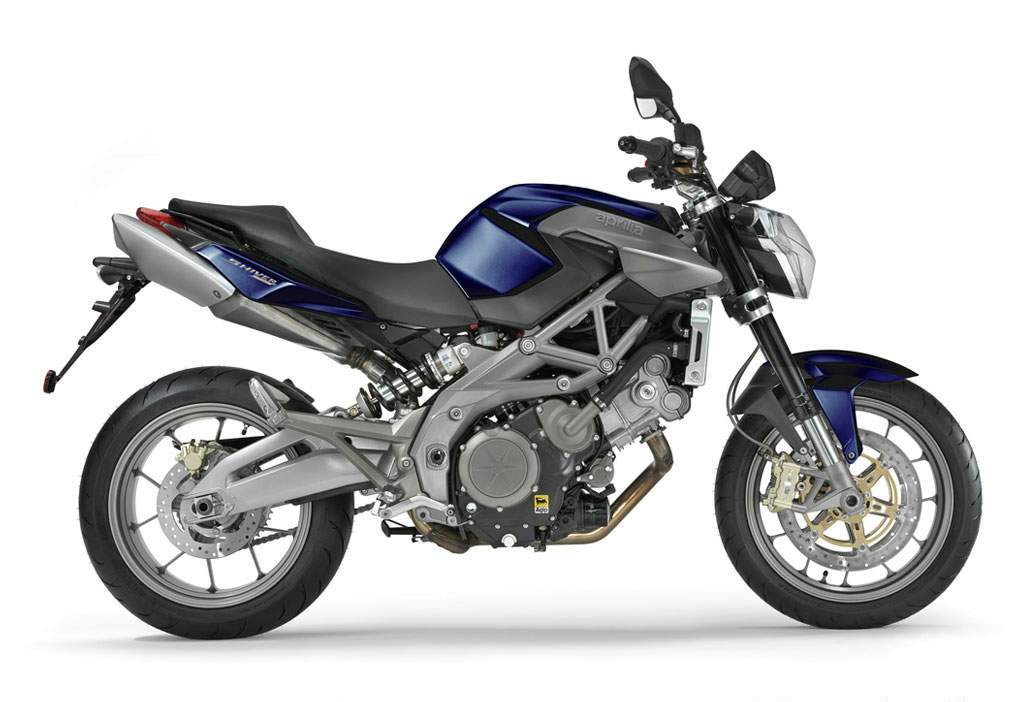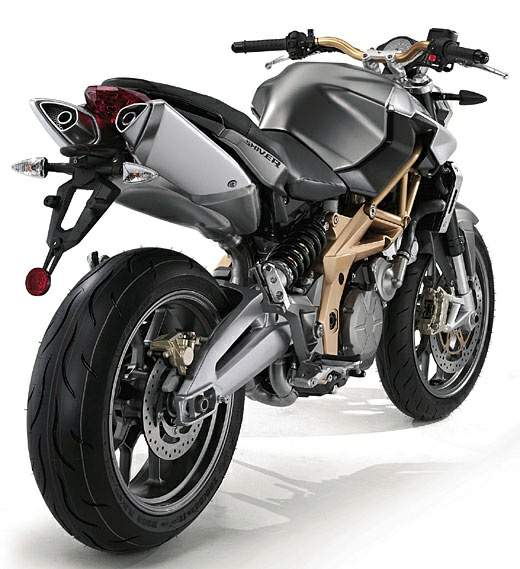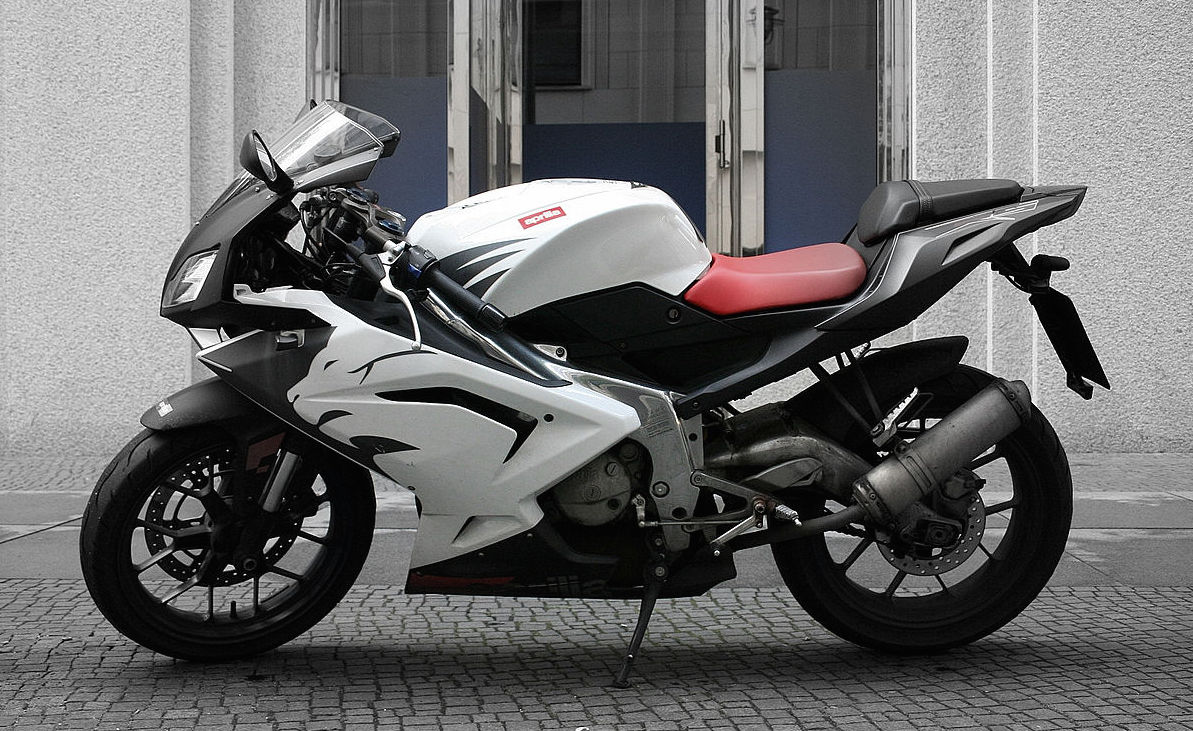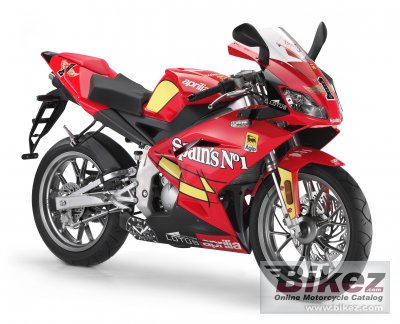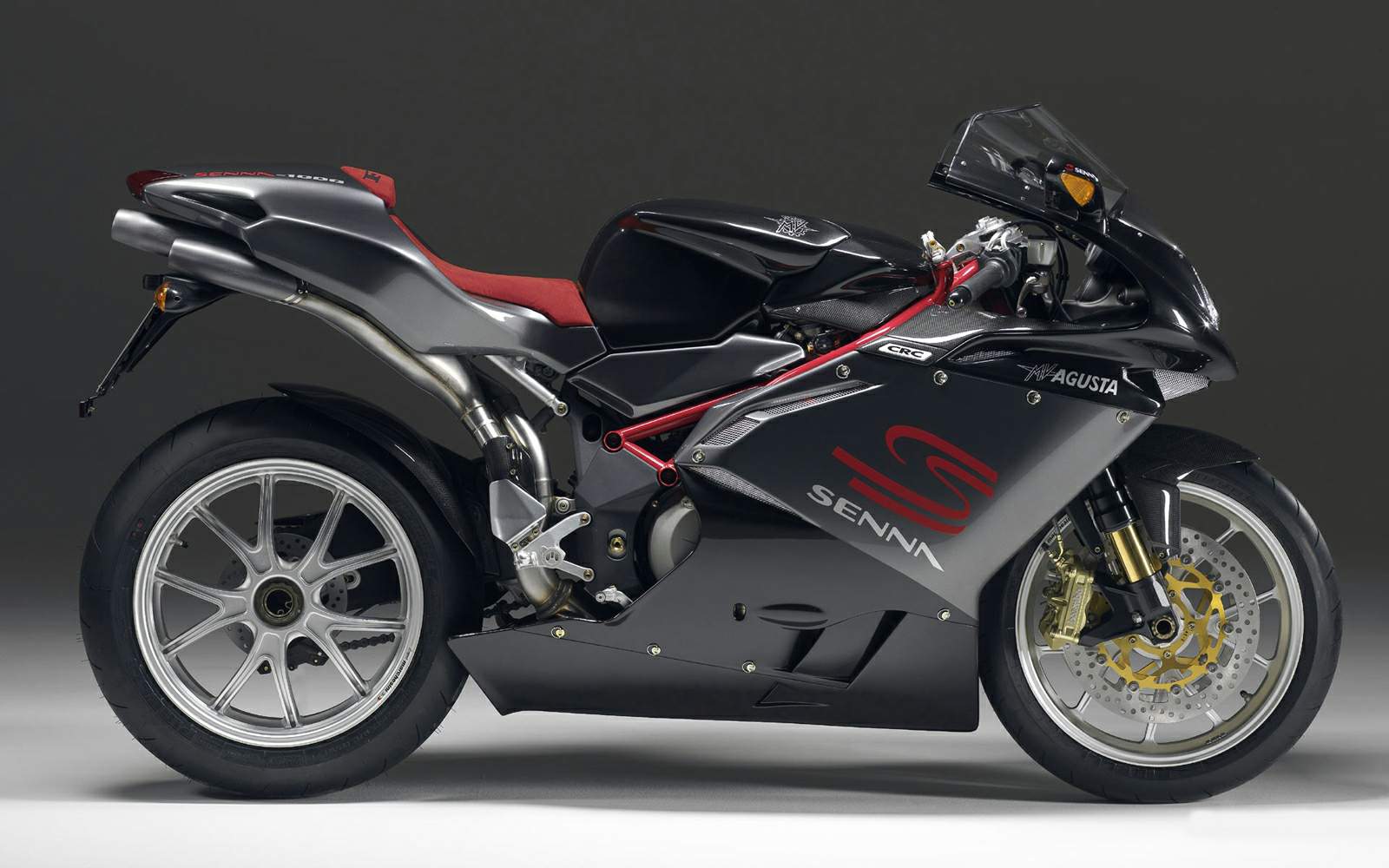Saturday 30 April 2011
Monday 25 April 2011
Sunday 24 April 2011
yamaha r1 Top Bikes




In late 2008, Yamaha announced they would release an all new R1 for 2009. The new R1 takes engine technology from the M1 MotoGP bike with its cross plane crankshaft, the first ever production motorcycle to do so. Crossplane technology puts each connecting rod 90° from the next, with an uneven firing interval of 270°- 180°- 90°- 180°. The idea of this technology is to reduce internal crankshaft torque, thus giving the new R1 a more linear power delivery. Yamaha claims the bike would give the rider 'two engines in one', the low end torque of a twin and the pace of an inline four. As with previous incarnations of the R1, the 2009 model keeps its YCC-T (Yamaha Chip Controlled Throttle). The R1 now produces 136 to 138 hp (101 to 103 kW) at the rear tire.
Another advancement included on the 2009 model was D-Mode Throttle Control Valve Mapping, which allows a rider to choose between three distinct maps depending on the rider’s environment. Each mode of operation controls YCC-T characteristics, changing how the R1 reacts to driver input. The first mode is Standard Mode, which delivers performance for a wide variety of driving conditions. The second mode is "A" mode which will give a rider more available power in the lower to mid RPM range. The third mode is "B" mode, which is a dial back of the previous mode, designed to soften throttle response in inclement weather and heavy traffic. D-Mode throttle control is controlled by the rider through a forward mode button near the throttle. The instrument panel is more comprehensive than previous models, and the 2009/2010 Yamaha YZF-R1 model now features a gear indicator as standard.
Overall handling of the R1 was improved through several changes to frame and suspension. A new sub frame was designed for the 2009 R1, consisting of magnesium cast in a carbon fiber mold. This new subframe offers a superior strength-to-weight ratio, while helping keep mass closer to the center of gravity, and subsequently gives the bike greater handling performance. The rear shock absorber on the 2009 offers variable speed damping, as well as an easy to tweak pre-load via a screw adjustment. The rear shock now connects underneath the swing arm through a different linkage; a change from previous years' models. Front suspension takes its cues from the M1 as the left fork handles compression damping while the right controls the rebound duties. To improve overall handling and safety, this is the first year Yamaha developers included an electronic steering damper on a production R1.
The overall look of the R1 has changed drastically. In a side by side comparison between the 2007 and 2009 models, the 2009 looks much more compact and could be compared to the size of the R6r. The center-up exhaust on the 2009 is significantly larger compared to previous models, due to changes in emissions controls. The front has the same classic R1 shape, though the air intake location and headlamp design have been revamped on the 2009 model; utilizing only projector lamps, and using the new-found design space within the nose cone to reroute ram air tubes next to the lights.
Testing the 2010 model year, Motorcyclist magazine reported a ¼ mile time of 10.02 seconds @ 144.23 mph (232.12 km/h), a top speed of 165 mph (266 km/h), and fuel mileage of 25 mpg-US (9.4 L/100 km; 30 mpg




